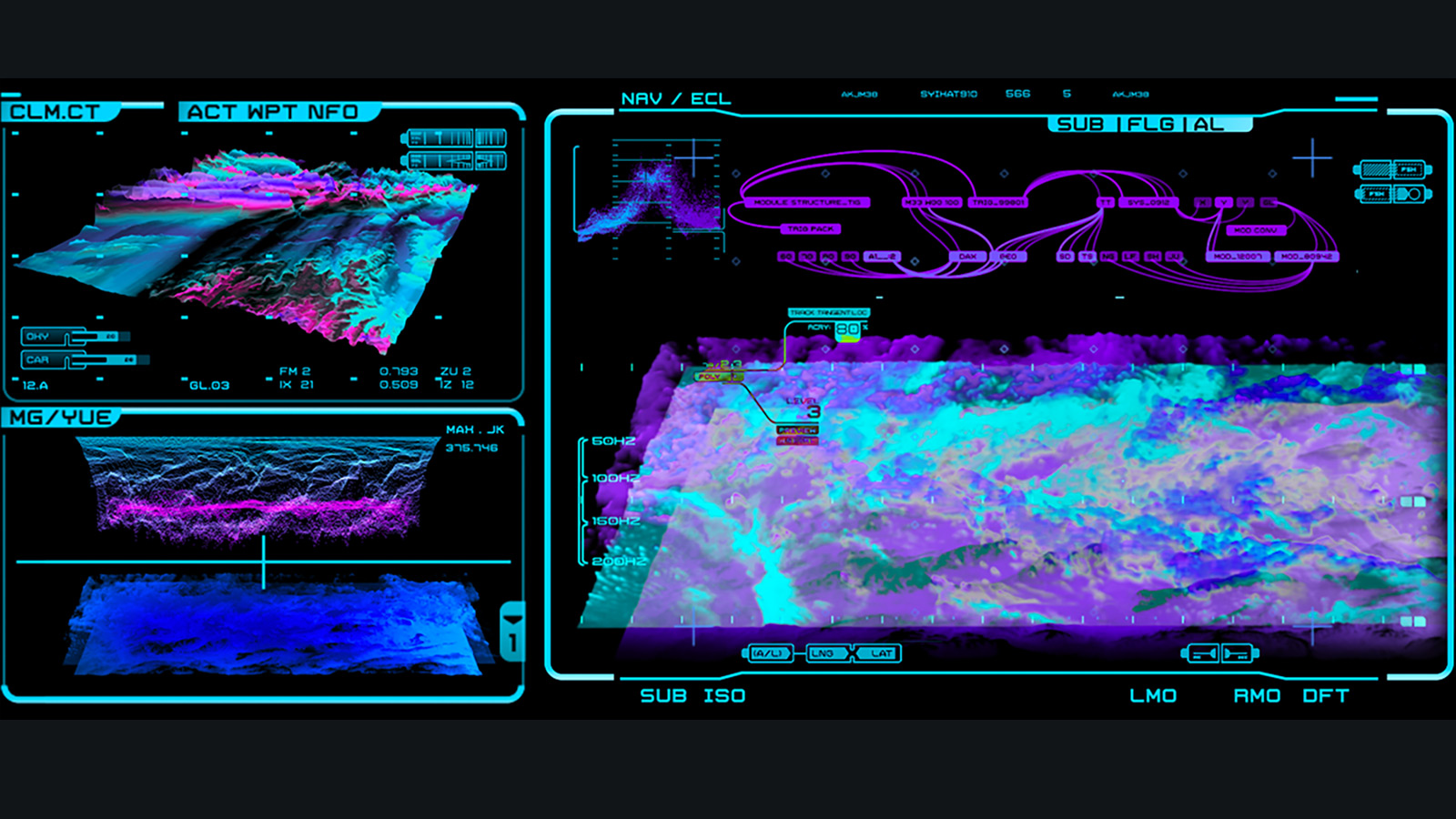

Scan detection is performed at various time sampling periods and diverse positions of discrete or continuous angular orientation on the horizon. The gamma radiation detection is performed using a Geiger detector shielded. The robot in this first phase is remotely operated in wireless way with a range of approximately 150 m line of sight and can extend that range to 300 m or more with the use of signal repeaters. The prototype integrates a driving section of differential configuration robot on wheels, a support mechanism and rotation of shielded detector, actuator controller cards, acquisition and processing of sensor data, detection algorithms programming and control actuators, data recording (Data Logger) and data transmission in wireless way. Mobile robot detector of radiation is an experimental technology development platform to operate in laboratory environment or flat floor facilities. This prototype has been developed for the purpose of algorithms implementation for the applications of terrestrial radiation monitoring of exposed sources, search for missing radioactive sources, identification and delineation of radioactive contamination areas and distribution maps generating of radioactive exposure. In this paper the technological development of a mobile robot prototype detector of gamma radiation is shown. International Nuclear Information System (INIS) Mobile robot prototype detector of gamma radiation

Realizing this utopia requires a fundamental shift from a sequential (design-materials-manufacturing) to a concurrent design methodology. ` Push-button' or fully automated manufacturing would enable the production of robots with zero intervention from human hands. Soft robot design methodology for ` push-button' manufacturing Random push data of humanoid robot is collected and classified to see whether push lie in safer region and then tested on given proposed system. We train the system by K-Mean algorithm and testing is done on crouch data and tested results are reported. This paper describes techniques for feature selection to foreshow push recovery for hip, ankle and knee joint. The simulation is done in 3D environment using Webots. We apply different kind of pushes to humanoid robot and the algorithm that can bring a change in the walking stage to sustain walking. In this paper we are generating a control system and push recovery controller for humanoid robot walking. In real environment it is very essential for humanoid robot to maintain balance. Push Recovery for Humanoid Robot in Dynamic Environment and Classifying the Data Using K-Meanĭirectory of Open Access Journals (Sweden)įull Text Available Push recovery is prime ability that is essential to be incorporated in the process of developing a robust humanoid robot to support bipedalism.
#Interface choreograph webots how to
We then show how to extend an existing 3D animation software to enable the animation of these components. For this, we start by reviewing the design of existing social robots in order to define a set of basic components of social robots. In this paper, we present a framework to facilitate the prototyping of expressive animated robots. International audience Social robots are transitioning from lab experiments to commercial products, creating new needs for proto-typing and design tools.

PEAR: Prototyping Expressive Animated Robots - A framework for social robot prototypingīalit, Etienne Vaufreydaz, Dominique Reignier, Patrick


 0 kommentar(er)
0 kommentar(er)
